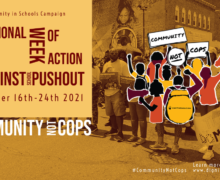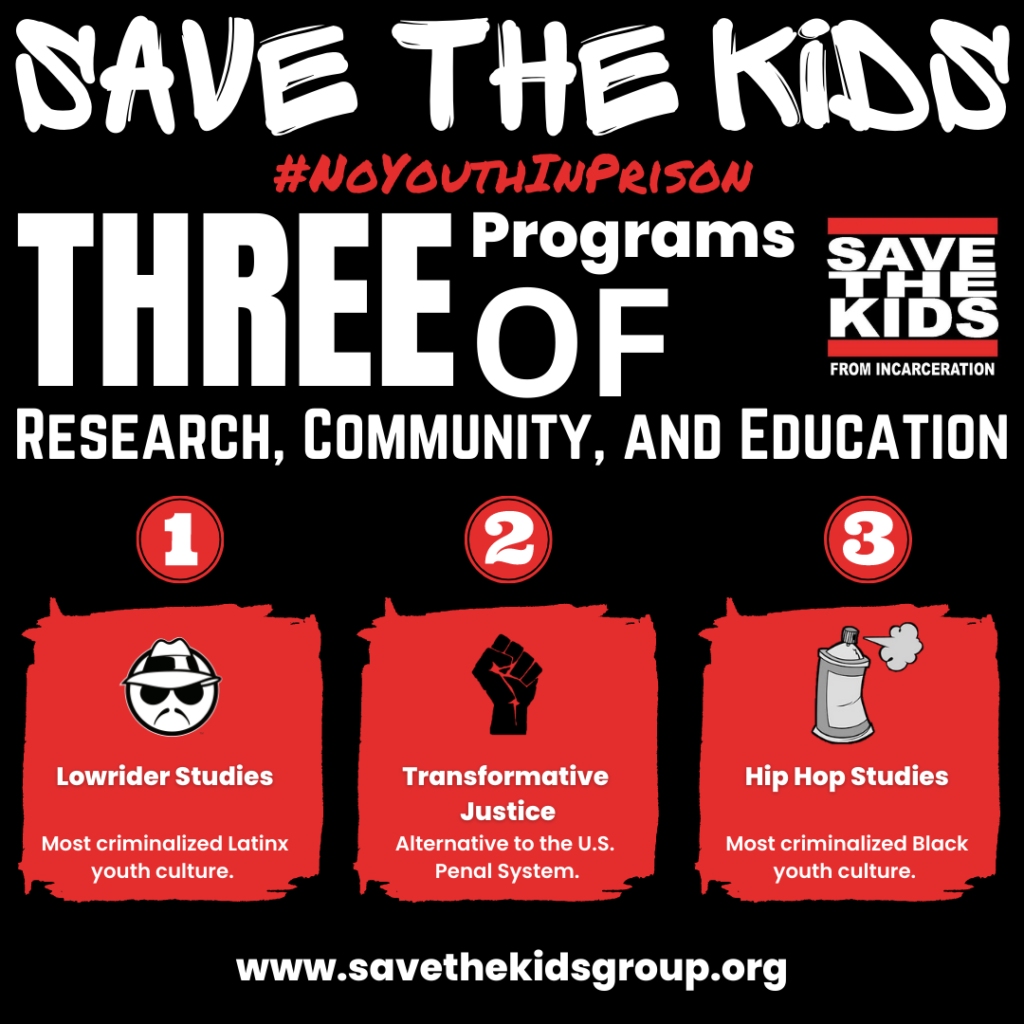Educating For Action – Book Review
Educating For Action: Strategies to Ignite Social Change
By Jason Del Gandio and Anthony J. Nocella II
Foreword: Reading Peace Education – Joy James
The foreword lays out what topics the book will be touching on such as painful injustices, seismic shifts, activism, confrontation, negotiation, sacrifice, and other topics that expand our ability to pursue peace and justice. Educating For Action is an instructive manual for social justice. The book is suitable for both students and teachers as well as large activist communities.
Preface: Teaching Peace – Peter McLaren
The preface talks about Peace and how Peace Education aids in achieving social, political, economic, and education justice in society.
Introduction: Peace as a Political Force – Jason Del Gandio and Anthony J. Nocella II
The introduction talks about the ills of the world such as economic equality, the war and military-industral complex, animals and the environment, rape and sexual assault, sweatshops and modern day slavery. The book then goes on to list various different movements created to address those ills of the world.
Part 1: Starting With Me
Chapter 1: Personal Lifestyle – Larry Albert Butz
Chapter 1 explained how to use your daily activities to create a just and ethical world. Making little changes to your everyday lifestyle can make a big difference. Wether it is the products you buy, the food you eat, or the language you use the use of your everyday life is a means to your politics.
Chapter 2: Communication and Rhetoric – Jason Del Gandio
Chapter 2 helps activists improve their communication and rhetorical skills learning how to speak and write. This chapter also teaches strategies for analyzing audiences, constructing effective messages, creating achievable goals, and understanding how different social situations necessitate certain kinds of communication and rhetoric.
Part 2: Working With Others
Chapter 3: Participation and Democracy – Joshua Ryan Holst
Chapter 3 helps teach you how to become participants in the creators of democracy. This chapter explains how democracy works and breaks down the process of voting and lobbying. The role of how social movements and demonstrations that create democracy are explored.
Chapter 4: Transformative Justice and Conflict Transformation – Anthony J. Nocella II, Melissa Chiprin, Anniessa Antar, and Alisha Page
Chapter 4 introduces alternative processing of punitive justice and addressing conflict. Conflict is a complex and daily experience, this chapter explains conflict in detail so activists can understand it. The chapter then goes on to talk about conflict transformation as a holistic, educational, empowering, accountability-inducing process.
Part 3: Getting Into The Streets
Chapter 5: Organizing your Community – Drew Robert Winter
Chapter 5 talks about how organizing is not a simple task. Many things can go wrong and things can be done differently but the people who are passionate do not need cut and dry instructions on what to do. This chapter contains general insights, observations, and suggestions that can make community organizing easier.
Chapter 6: Activist Guidelines and Case Studies – Aaron Zellhoefer and Anthony J. Nocella II
Chapter 6 explains how to initiate and facilitate an organizing meeting. The chapter covers four snapshots of activism that provide readers with ideas, strategies, and guidelines for doing their own activism.
Part 4: Social Networks
Chapter 7: The Politics of Planning: Conference Organizing as an Act of Resistance – Jenny Grubbs and Michael Loadenthal
Chapter 7 walks you through the process of organizing liberator gatherings that prefigure revolutionary change. The chapter goes on to talk about how conference organizing is a foundational aspect of activism and education, and how trial and error is a necessity in learning to to successfully conference organize.
Chapter 8: Social Media and Online Organizing – Jeanette Russell
Chapter 8 explains the guidelines to successfully use social media for social change. The chapter explains how social media impacts the contemporary world, outlines basic tools, applies basic organizing skills to the use of social media, and expand your activist network.
Part 5: Institutional Change
Chapter 9: The Laws and Lawyers of Social Change – Dara Lovitz
Chapter 9 talks about the role of the law and lawyers when it comes to making social change. The chapter goes over specific cases, such as Brown v. Board of Education to show how lawyers have aided in the success of social change. It then goes on to talk about different types of jobs you can pursue that allow you to help make a difference and change the world.
Chapter 10: The Courage to Teach Critically: Anti-Oppression and Pro-Justice Dialogues in the Classroom – Rita Lovitz
Chapter 10 explains important insights that the author has gained being an educator in the public school system as well as university classrooms. The narratives of self-reflective practice, pro-justice dialogues, and anti-oppression pedagogies are presented in a way that everyone can easily learn from them.
Epilogue: Thankfulness, Mutual Recognition, and Appreciation – Kim Socha and Anthony J. Nocella II
The epilogue talks about ways you can show appreciation for your activist community by having informal get-togethers, writing acknowledgments, oral acknowledgements, social media acknowledgements, awards, handwritten notes, sponsors, and text/phone messages.





![Official Statement – Save the Kids Official Statement on the organization – Save The Children [Fund]](https://savethekidsgroup.org/wp-content/uploads/2019/11/Save-the-Kids-Official-Statement-header-220x180.jpg)
